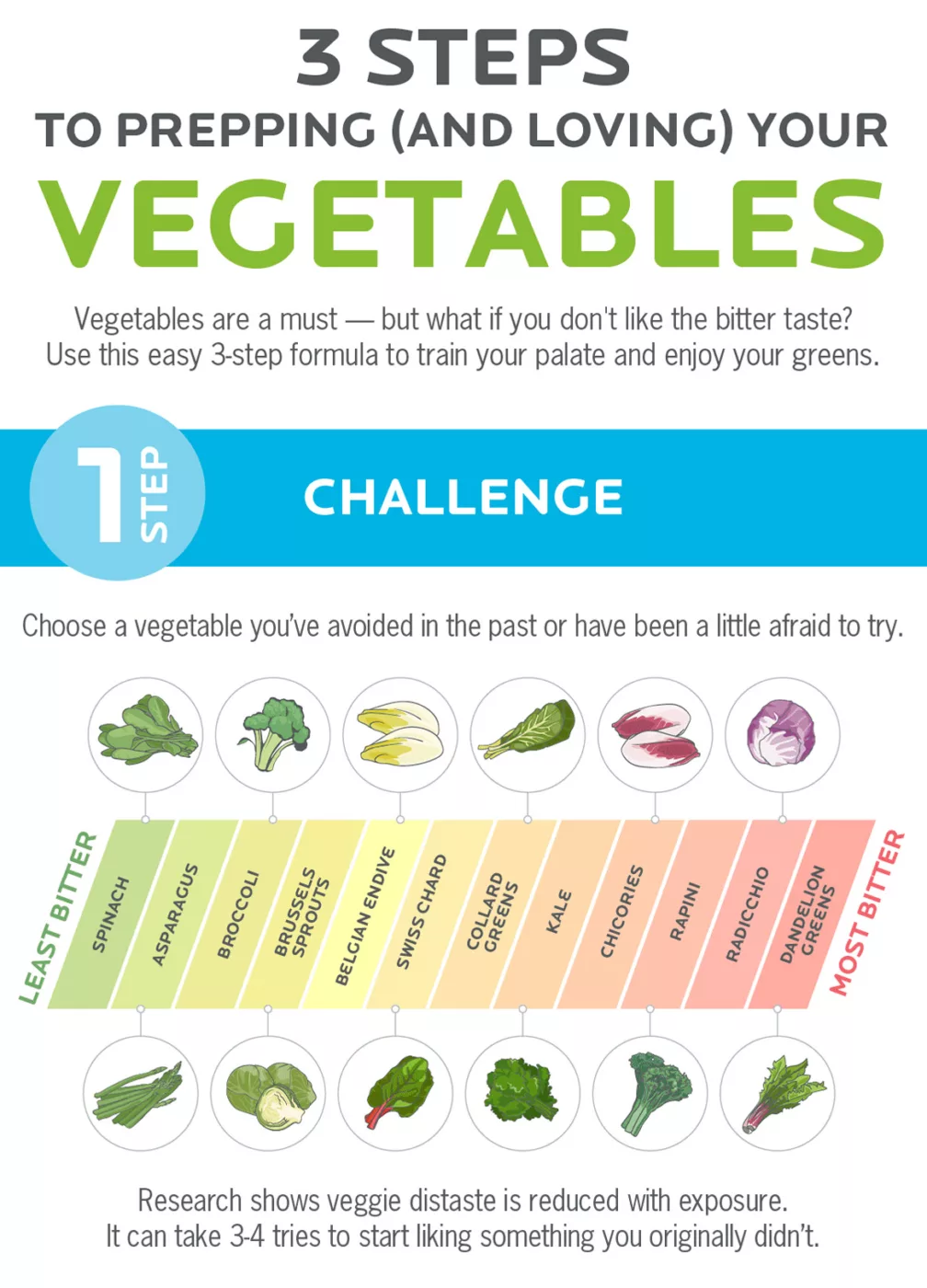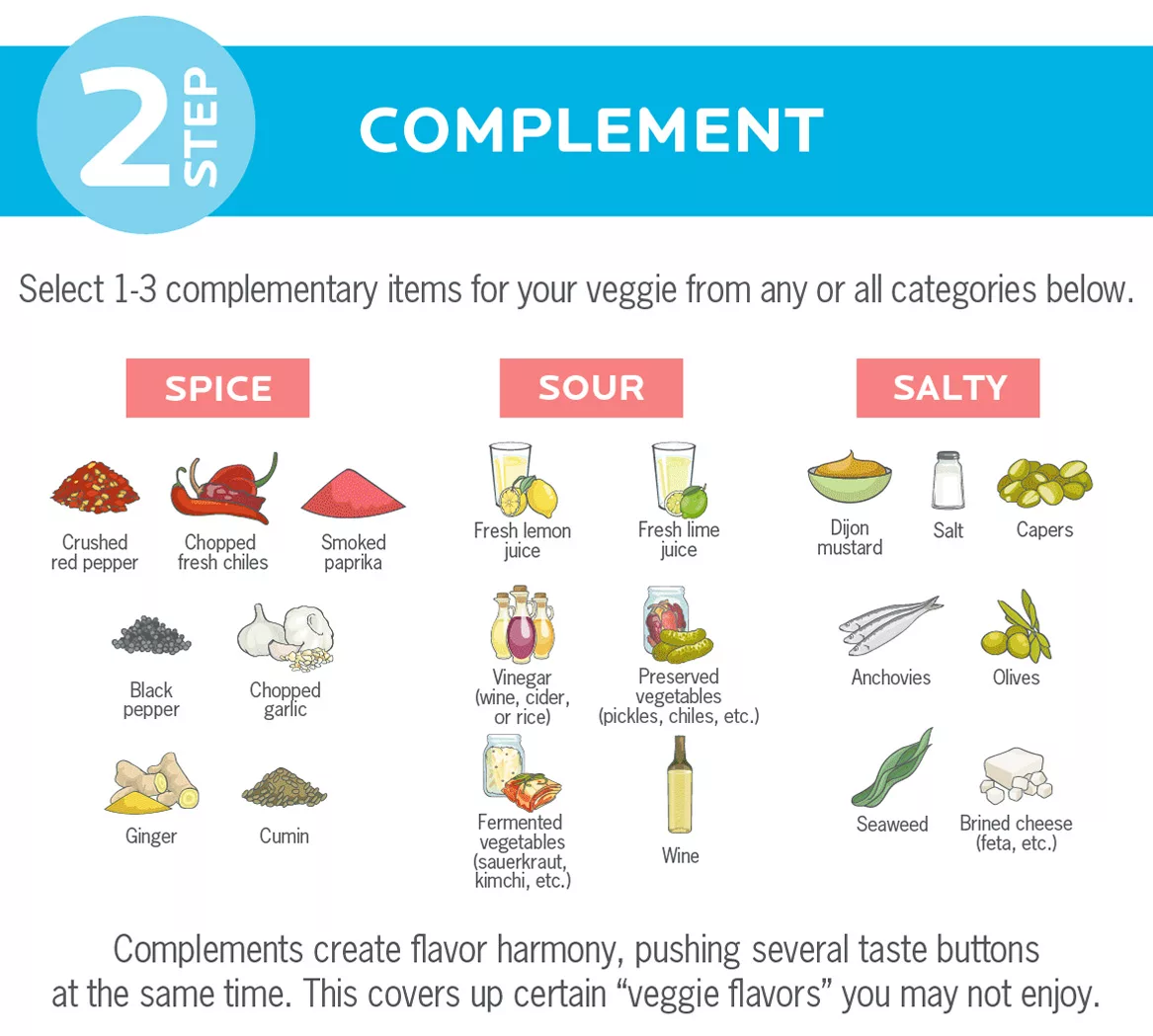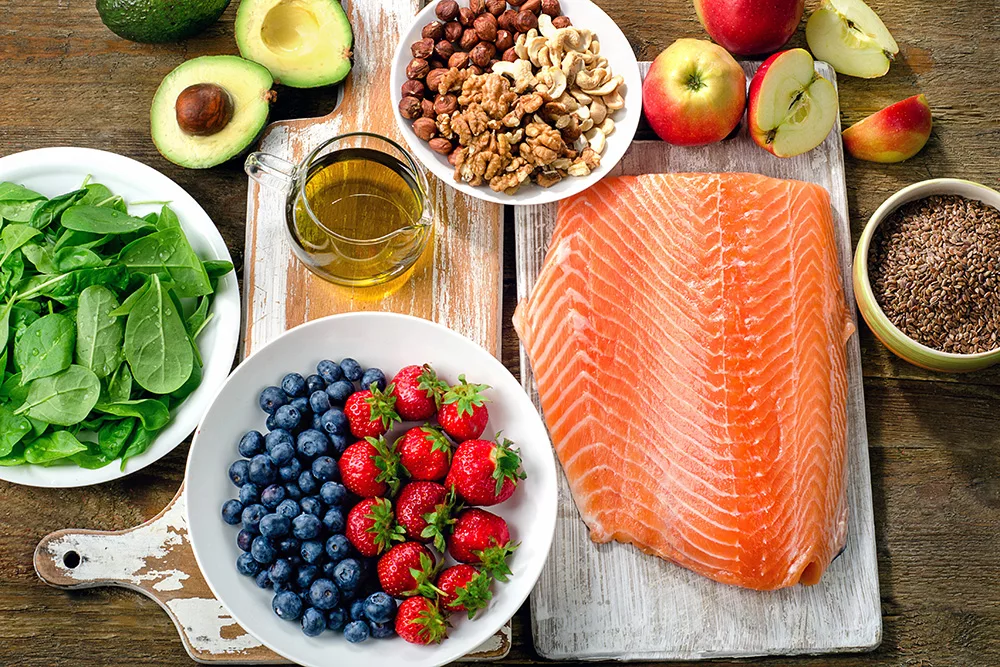Article Contents
Like us, this post is a work in progress
In the coming days, we’ll be adding even more valuable content, including delicious recipes, additional shopping advice, and helpful tips to make your nutritional and culinary journey easier and more enjoyable. We encourage you to share your suggestions for improvements or corrections, as your feedback is essential in helping us create the best possible resource for you.
Don't miss out on the latest updates! Leave a comment below to be notified whenever new information or features are added to this guide.
Remember, the key to success with this balanced eating plan is to focus on whole, minimally processed foods while prioritizing plant-based sources. By incorporating a diverse array of fruits, vegetables, whole grains, legumes, nuts, and seeds, along with thoughtfully selected animal products, you’ll be well on your way to optimizing your health and well-being.
Science
Embrace a Balanced 80/20 Plant-Based Diet for Optimal Health
Are you ready to take control of your health and well-being with a balanced, nutrient-rich diet? Join us as we explore the benefits of an 80/20 plant-based eating plan that emphasizes whole, minimally processed foods (NOVA levels 1-3). This approach to eating is not only great for your body but also promotes a more sustainable and conscientious relationship with food.
Throughout this guide, we’ll provide practical tips and recommendations for shopping at local stores like Costco and Natural Grocers in Spokane, WA, making it easy for you to incorporate these healthy eating habits into your daily life. Embracing a balanced, plant-forward diet is more accessible than you might think!
A special thanks to Precision Nutrition for the beautiful infographics! Also, thanks to Samantha Cassetty Nutrition & Wellness for the panel on 80/20 eating, and to Dr. Emily Leeming’s “Second Brain” Substack for the panel on plant diversity.
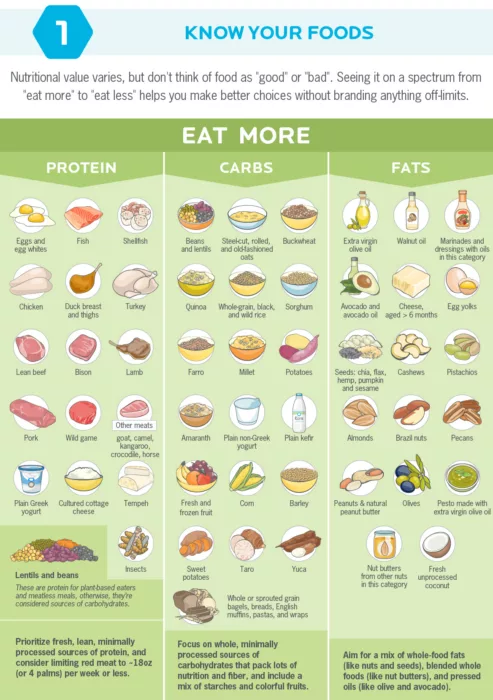
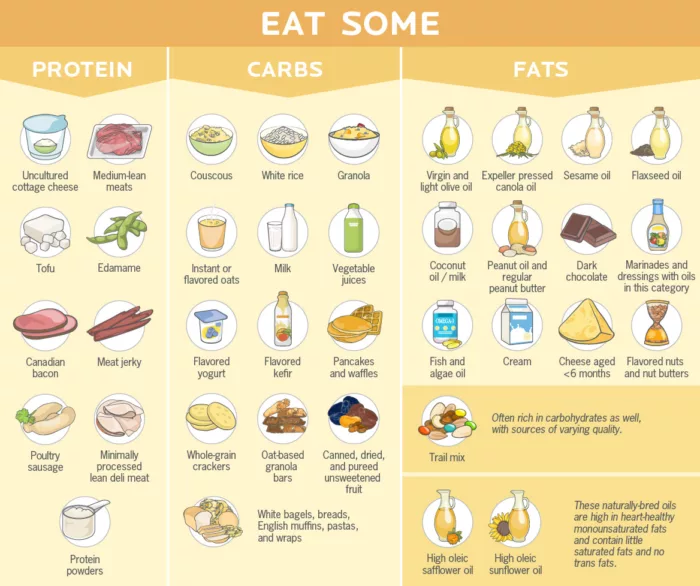
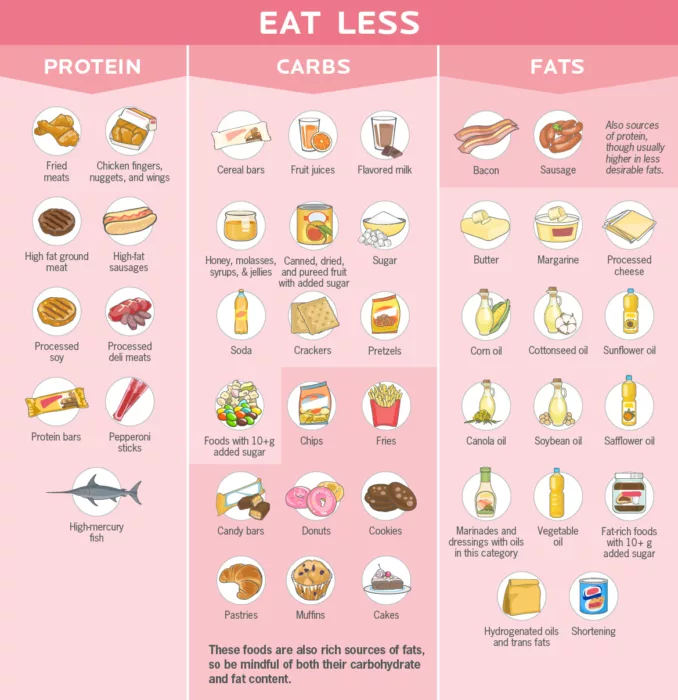
Why Eat This Way?
Modern diets are often packed with highly processed foods full of sugars, unhealthy fats, and additives that contribute to health issues like obesity, diabetes, and heart disease. By focusing on whole and minimally processed foods, we can improve our metabolic health. This means our bodies can process nutrients effectively, maintain stable blood sugar levels, and reduce the risk of chronic diseases.
Understanding the 80/20 Principle
The 80/20 principle in this context refers to the balance between plant-based and animal-based foods in your diet. Here’s a breakdown of what this means:
80% Plant-Based Foods
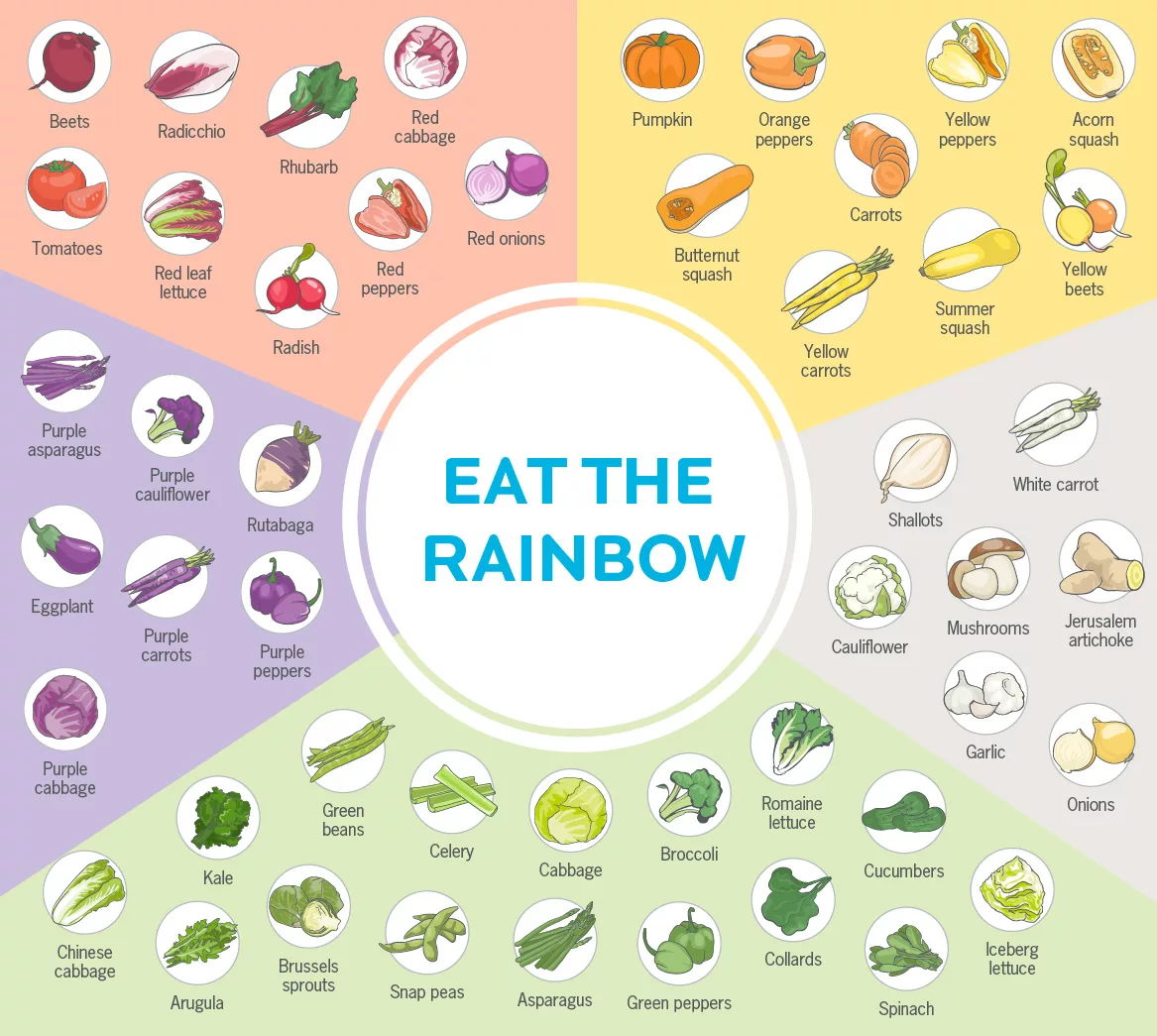
- Fruits: Packed with vitamins, minerals, and antioxidants that support overall health and boost immunity.
- Vegetables: Rich in fiber, vitamins, and minerals, helping to maintain digestive health and prevent chronic diseases.
- Whole grains: Provide complex carbohydrates, fiber, and essential nutrients for sustained energy and improved digestion.
- Nuts and seeds: Excellent sources of healthy fats, protein, and minerals that support heart and brain health.
- Legumes: High in protein, fiber, and minerals, making them a perfect meat alternative and beneficial for digestive health.
By focusing on these plant-based foods, you’ll be consuming a wide variety of nutrients that work together to support optimal health and well-being.
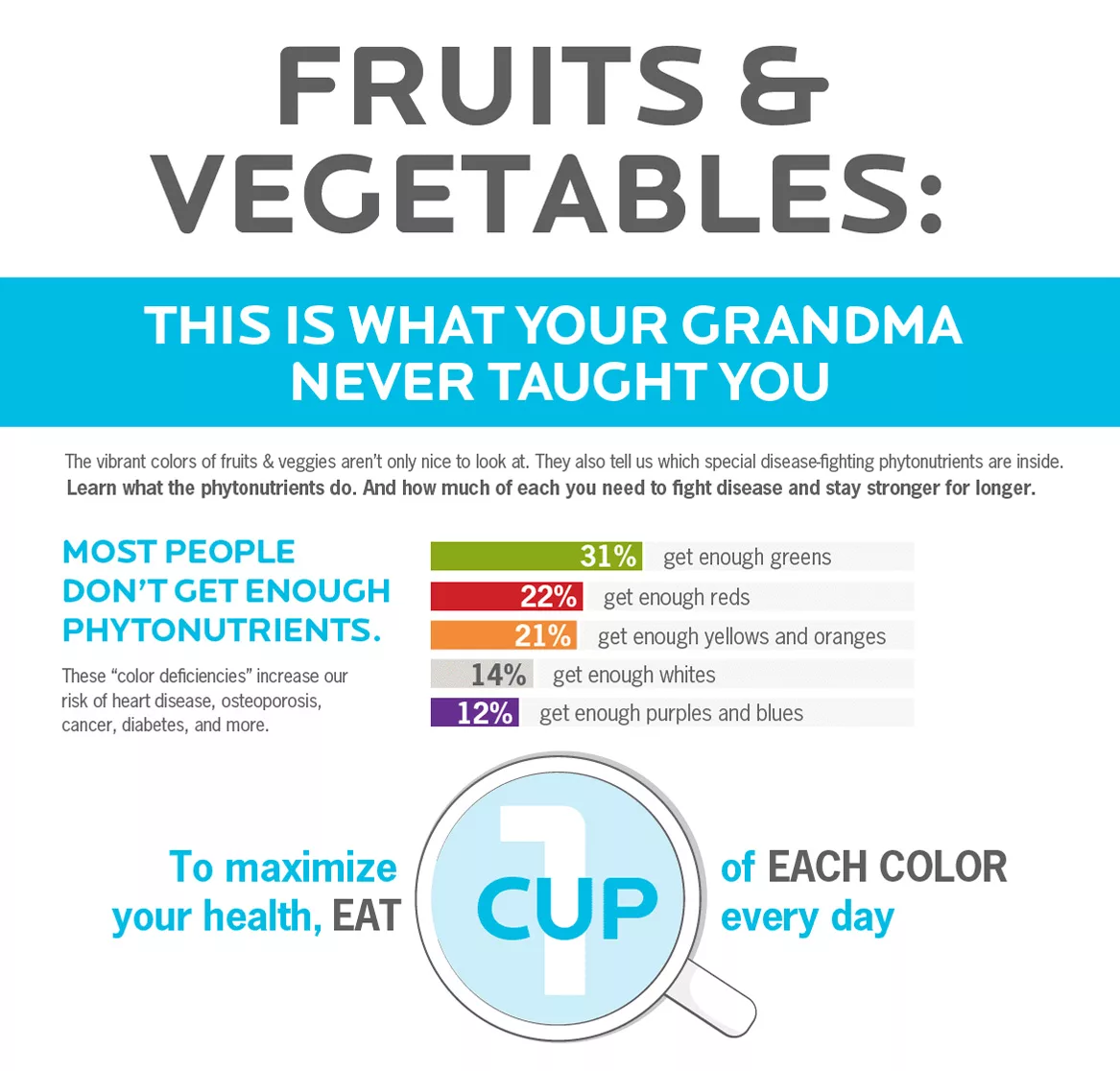
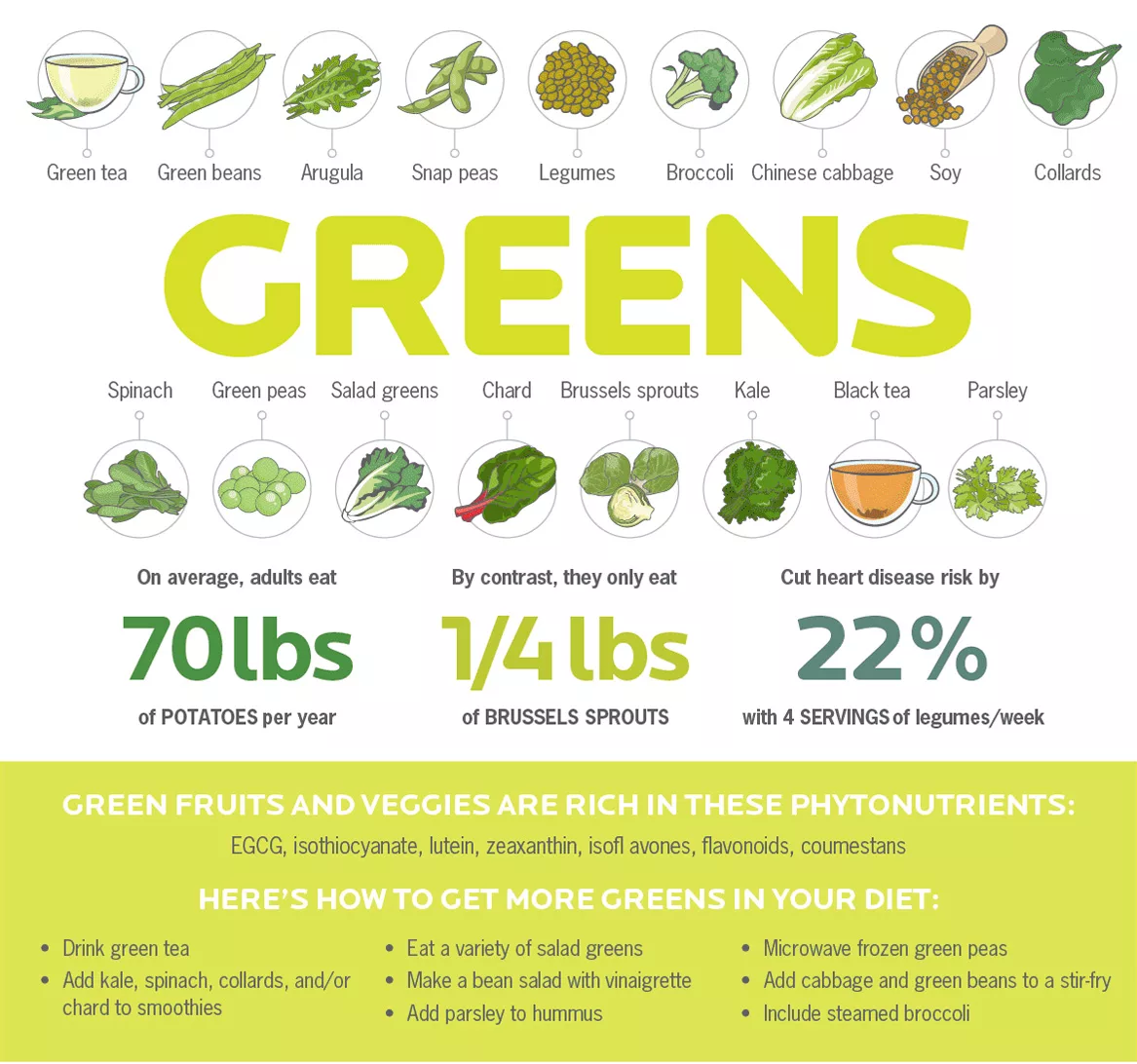
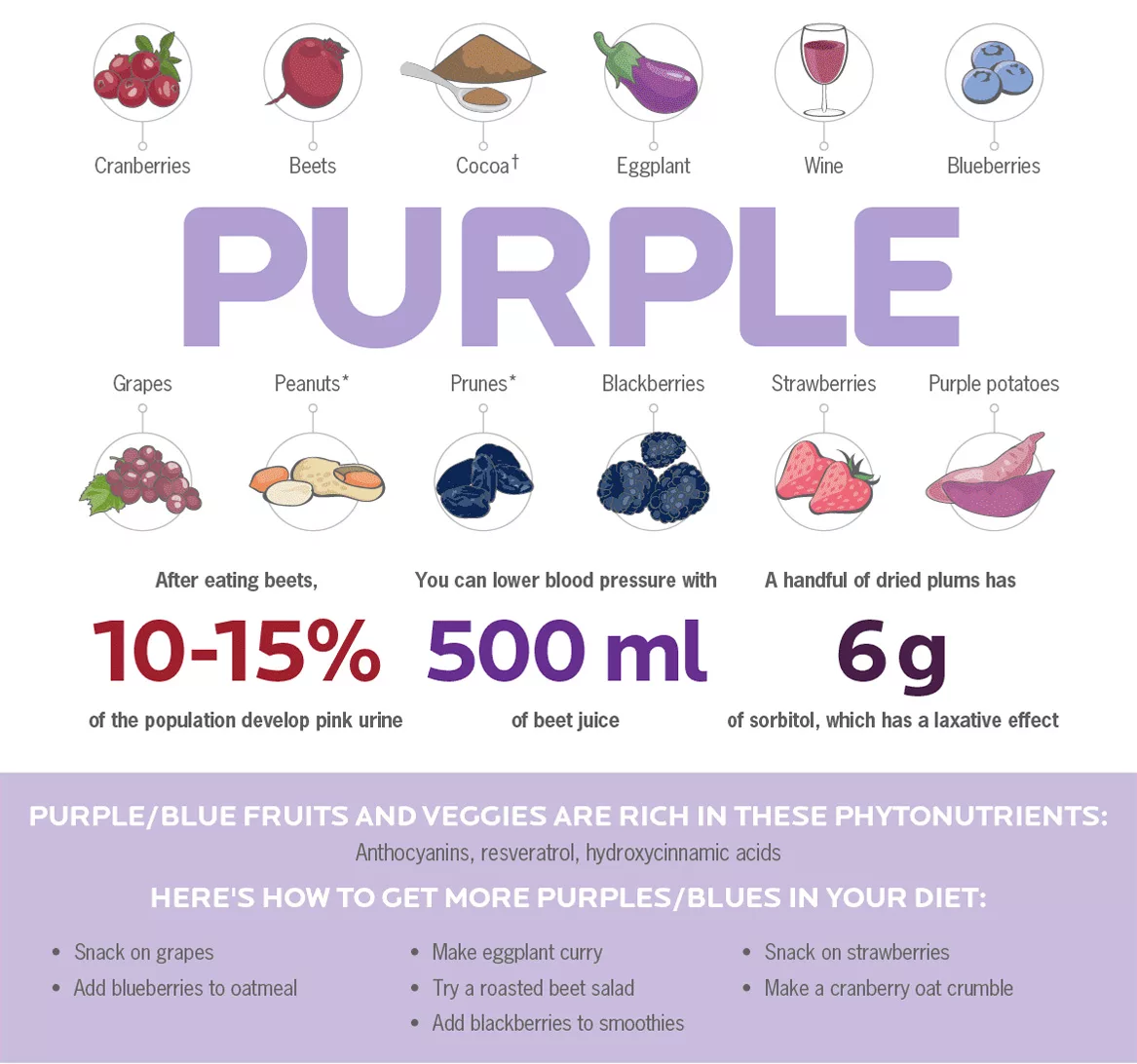
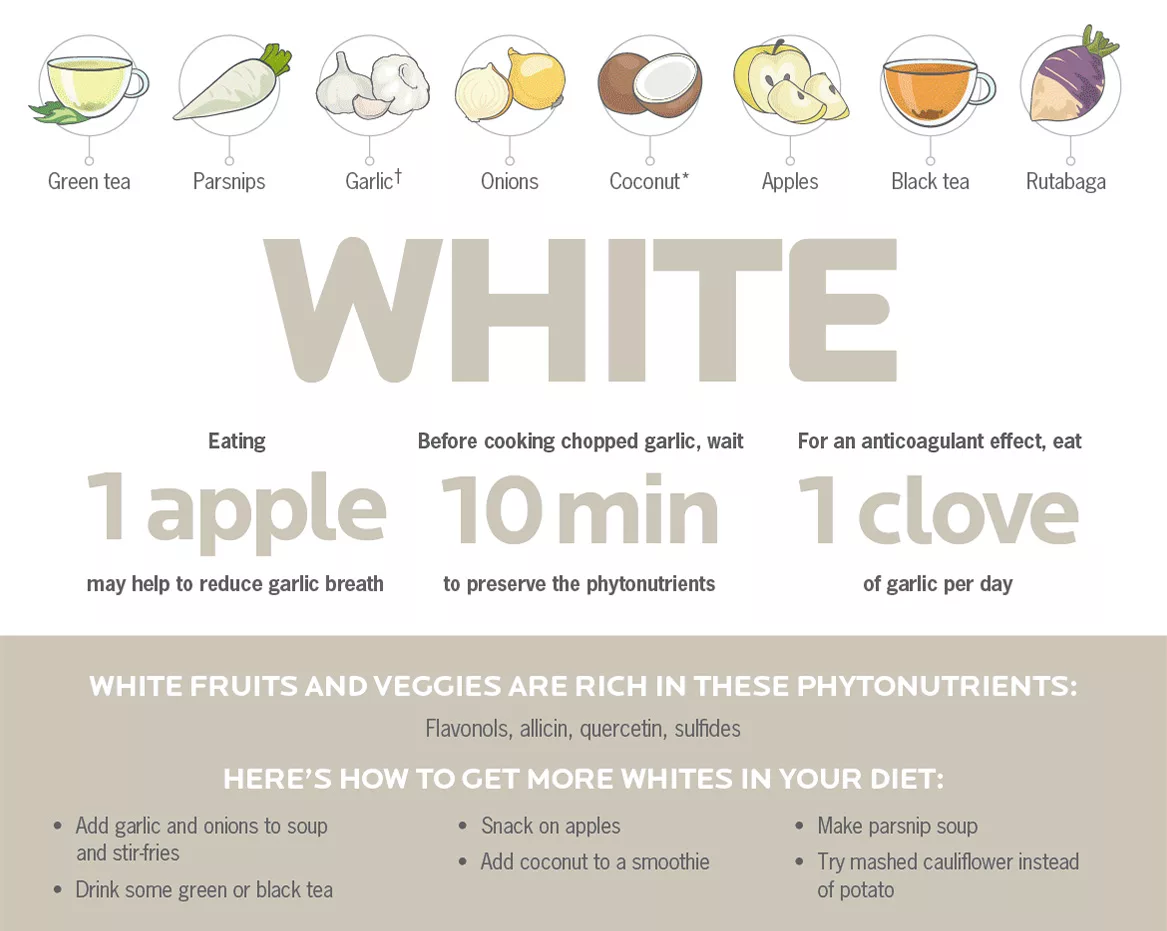
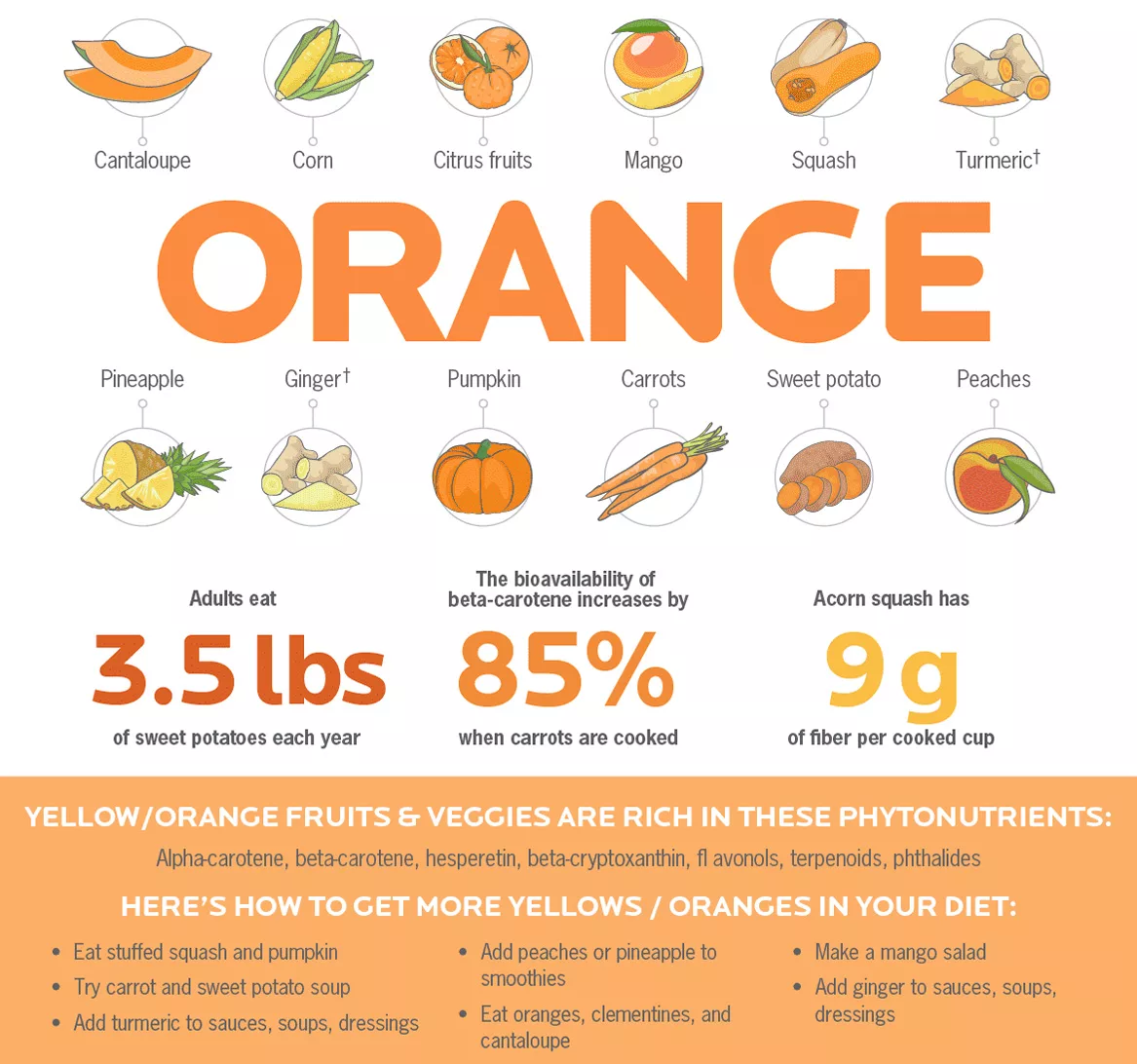
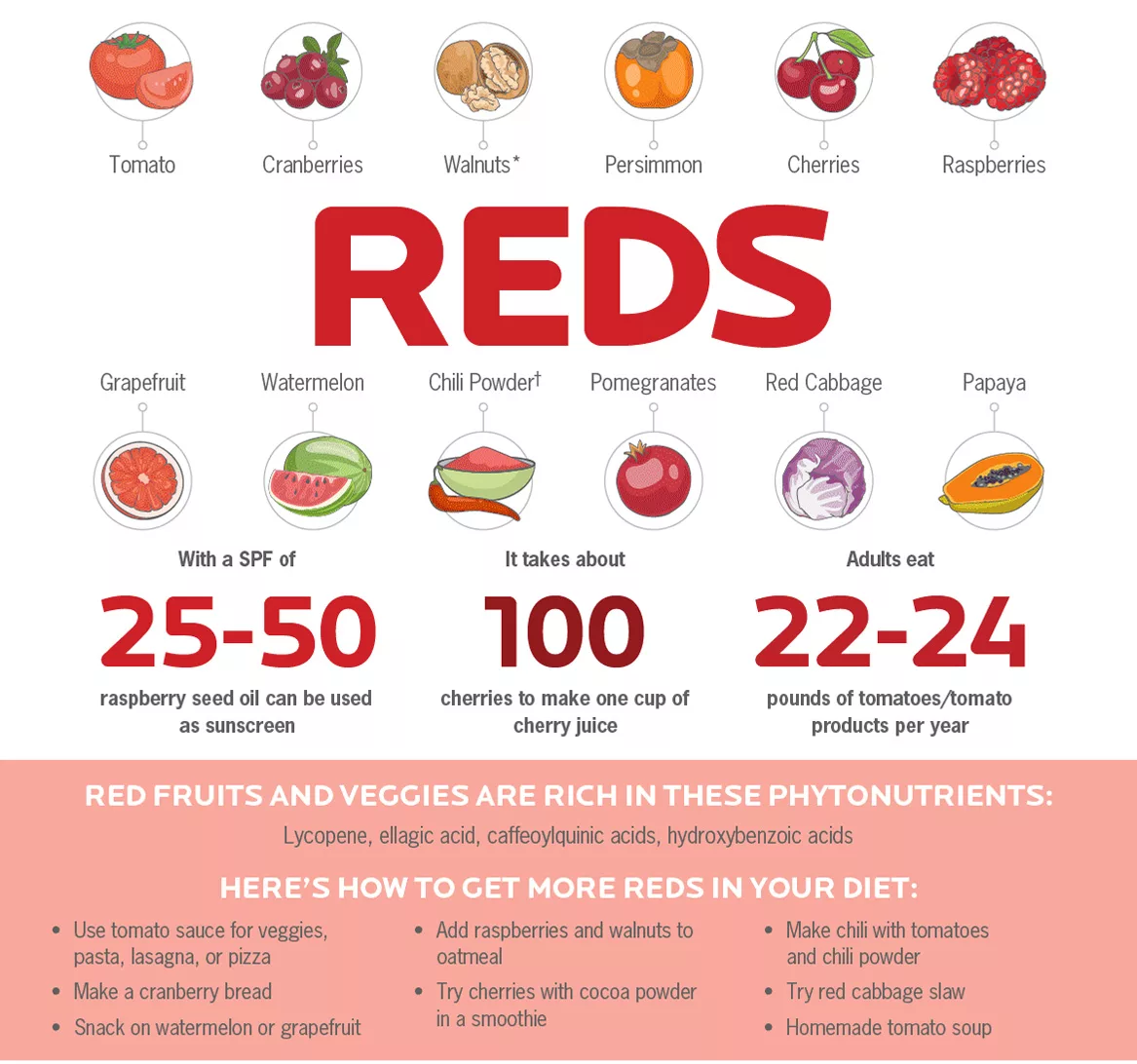
“What types of foods do you eat on an 80/20 plant-based diet?“
This panel’s text from: Cassetty, Samantha. “Here’s Why an 80/20 Plant-Based Diet Is the Healthiest Way to Eat.” Samantha Cassetty Nutrition & Wellness, 9 Nov. 2022, link to post, accessed 5/18/2024
An 80/20 plant-based diet is a healthy mix of plant foods and other foods. Many people think of veggies when they think of plants, but you eat a much broader spectrum of foods on a balanced 80/20 plant-based diet. I think of an 80/20 plant-based diet as very similar to the Mediterranean diet in terms of the proportion of plant foods to other foods. Here are a handful of the foods you’ll eat on an 80/20 plant-based diet.
- Nuts
- Almonds
- Cashews
- Walnuts
- Pecans
- Pistachios
- Peanuts
- Seeds
- Pumpkin seeds
- Hemp seeds
- Chia seeds
- Sunflower seeds
- Flax seeds
- Sesame seeds
- Whole grains
- Oats
- Brown rice
- Quinoa
- Popcorn
- Whole wheat breads & cereals
- Sorghum
- Fruits
- Blueberries
- Apples
- Strawberries
- Pears
- Peaches
- Mangoes
- Kiwi fruit
- Dried fruits
- Non-Starchy Veggies
- Leafy greens
- Asparagus
- Kale
- Mushrooms
- Broccoli
- Cauliflower
- Spinach
- Zucchini
- Starchy Veggies
- Sweet potatoes
- Spaghetti squash
- Potatoes
- Butternut squash
- Canned pumpkin
- Pulses
- Black beans
- Lentils
- Chickpeas
- Peas
- Kidney beans
- Pinto beans
- Plant-based oils
- Extra-virgin olive oil
- Avocado oil
- Sesame oil
- Walnut oil
- Flaxseed oil
- Animal foods
- Eggs
- Poultry
- Grass-fed beef
- Seafood
- Greek yogurt
- Cottage cheese
What are the benefits of an 80/20 plant-based diet?
The best part about an 80/20 plant-based diet, besides the tasty food, is how it makes you feel. Here are some of the benefits you can expect:
Improve Gut and Metabolic Health: Eating a variety of plant foods boosts gut health, which in turn supports metabolic health. A diverse gut microbiome helps regulate inflammation, blood sugar, and cholesterol levels.
Feel Better in Your Body and Clothes: Plant foods like pulses and whole grains support healthier weight outcomes. Studies show these foods can help with weight management.
Boost Happiness and Well-Being: A diet rich in fruits and veggies is linked to higher levels of happiness and well-being. Nutrient-rich plant foods can enhance mood and energy.
Increase Energy and Sleep Better: Good eating habits can improve your sleep quality. Diets high in fiber and low in added sugars are associated with better sleep and fewer disturbances at night.
Gain Control of Your Health and Eating Habits: Filling up on wholesome plant-based foods helps you feel satisfied and reduces cravings for unhealthy snacks. This leads to more mindful eating.
Enjoy Youthful-Looking Skin: The antioxidants and healthy fats in plant foods protect your skin from damage and help slow down aging.
“Plant diversity without mental arithmetics”
This panel’s text from: Leeming PhD., Emily “Why I’m over the ’30 different plants a week’ for gut health” Second Brain (Substack) 30 Aug. 2023, link to post, accessed 5/18/2024
Eating a variety of different plants is great for our health, and makes complete rational sense that it supports our microbiome as well. Our gut bacteria like to feed on different types of fibre and polyphenols, so providing them with a range of different plant foods means that there’s a variety at their table too. Instead of counting each plant, I prefer to think diverse – you could try this:
- Buy the pre-mixed versions: pre-mixed salads, mixed frozen berries, mixed bean cans
- Avoid food waste by stocking up your store cupboard and freezer with extra plants: jarred artichokes, capers, sun-dried tomatoes, olives, frozen veggies
- Cook extra and freeze: Whenever you make a meal, double it and have the veggies as an extra side at your next meal or another day
- Weekly shop, try something new, change it up: At the supermarket be curious about new and different foods that you don’t normally try
- Nuts and seeds snack jar: Nuts and seeds are a great snack and fantastic for your heart health too
- Think about the ‘eat the rainbow’ advice, and try and get different colours from reds to purples, greens and oranges in your day
All actions that don’t take up any more of your headspace than they need to 🙂
20% Animal-Based Foods:
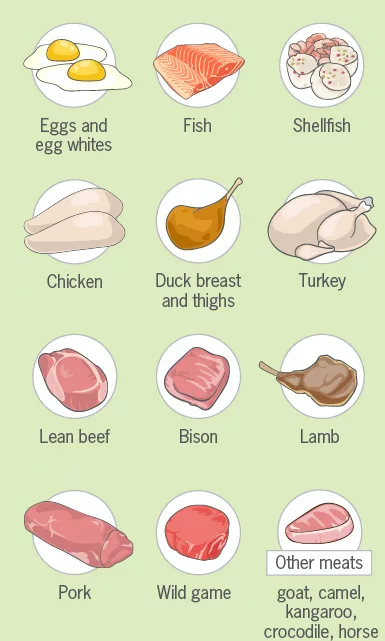
- Eggs: Seek out eggs from local farmers who raise free-range, pasture-raised chickens. These eggs tend to have more vitamins, minerals, and healthy fats compared to conventionally raised eggs. The yolks of pasture-raised eggs are often a deeper orange color, indicating a higher nutrient content.
- Seafood: Focus on wild-caught, sustainably sourced fish and shellfish. Fatty fish like salmon, sardines, and mackerel are excellent sources of omega-3 fatty acids, which support heart and brain health. Aim for seafood that is low in mercury and other contaminants.
- Meat: Opt for grass-fed, pasture-raised beef whenever possible. It’s higher in beneficial omega-3 fatty acids and antioxidants compared to grain-fed beef. Look for local farmers or butchers who prioritize humane and sustainable practices.
- Dairy: Choose dairy products made from the milk of grass-fed cows, such as organic, grass-fed butter, yogurt, and cheese. These products contain higher levels of nutrients like vitamin K2 and conjugated linoleic acid (CLA).
The NOVA Food Classification System
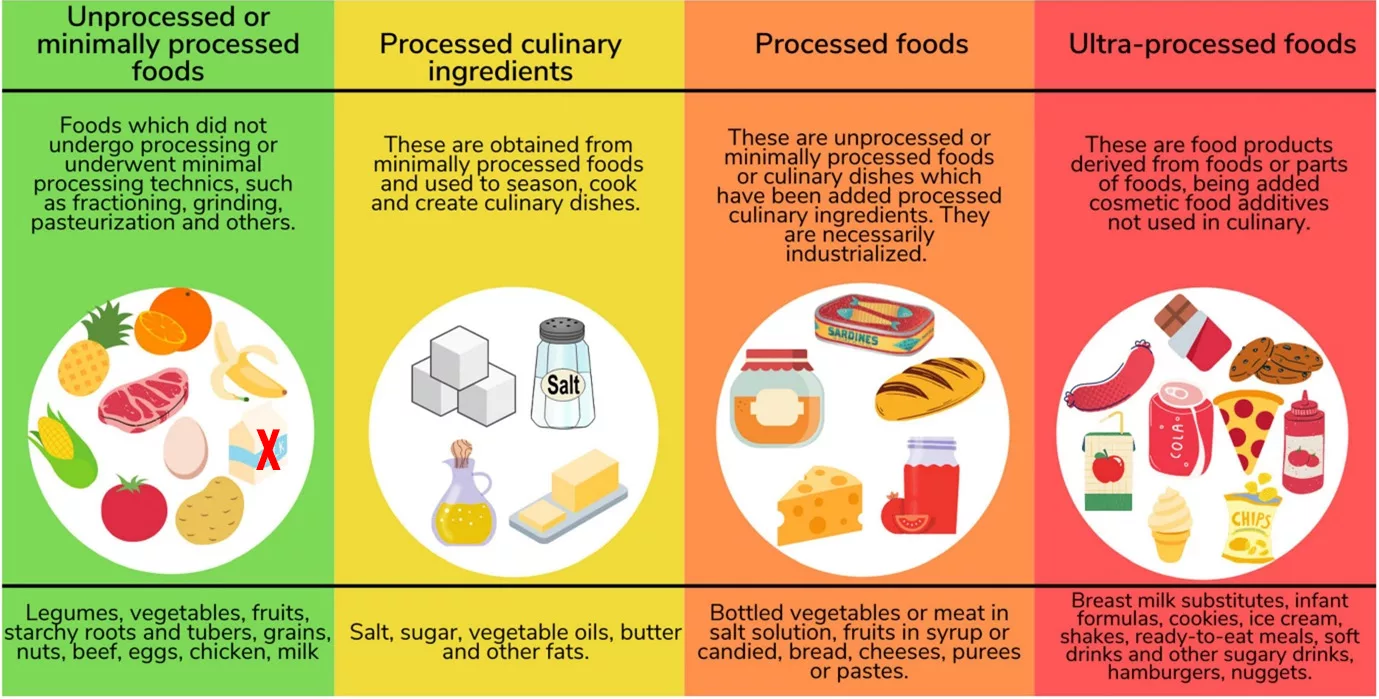
The golden rule of the NOVA system is to always prefer natural or minimally processed foods and freshly made dishes and meals over ultra-processed foods.
The NOVA Food Classification system, developed by the Center for Epidemiological Studies in Health and Nutrition at the University of Sao Paulo, Brazil, categorizes foods into four groups based on the extent and purpose of processing:
- Unprocessed or Minimally Processed Foods: These are natural foods obtained directly from plants or animals, which may undergo minimal processing such as cleaning, cutting, or pasteurization without adding any substances.
- Processed Culinary Ingredients (Oils, Fats, Salt, and Sugar): These are products extracted from natural foods or nature through processes like pressing, grinding, or refining. They are used in small amounts for seasoning and cooking foods.
- Processed Foods: These are products manufactured by adding salt, sugar, oil, or other substances from Group 2 to natural or minimally processed foods (Group 1) to preserve or make them more palatable. They usually have two or three ingredients and are recognized as versions of the original foods.
- Ultra-Processed Foods: These are industrial formulations made mostly from substances extracted from foods (oils, fats, sugar, starch, and proteins), derived from food constituents (hydrogenated fats and modified starch), or synthesized in laboratories (flavor enhancers, colors, and food additives). They are designed to be hyper-palatable and are often lacking in Group 1 foods.
Shopping Tips for Spokane, WA
- Local Markets: Check out farmers’ markets and community-supported agriculture (CSA) programs for fresh, seasonal produce.
- Costco: Great for bulk buying of whole grains, nuts, seeds, fresh and frozen vegetables, and lean meats. Look for their organic options and avoid the tempting processed snacks.
- Natural Grocers: Perfect for organic and locally sourced produce, bulk bins for grains and nuts, and a variety of plant-based and organic dairy options.
Costco mainstays
Any prices listed are current as of May 19 2024
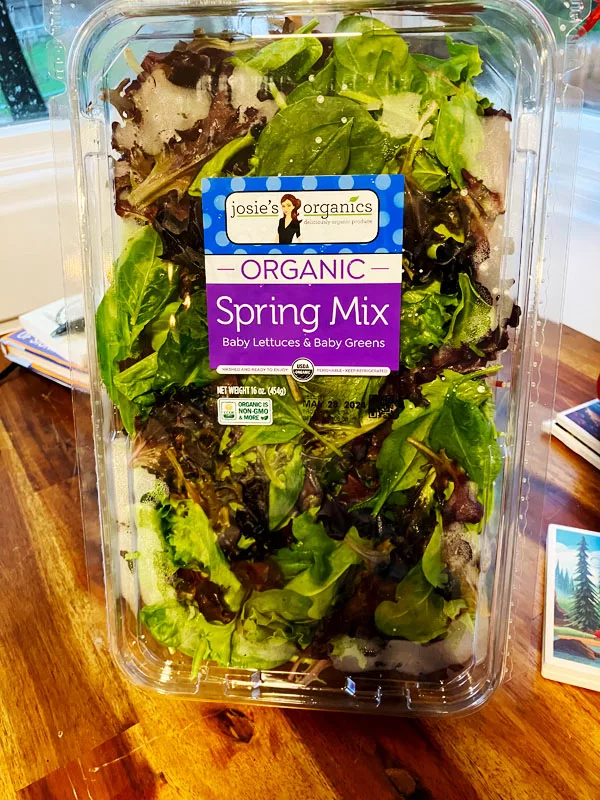
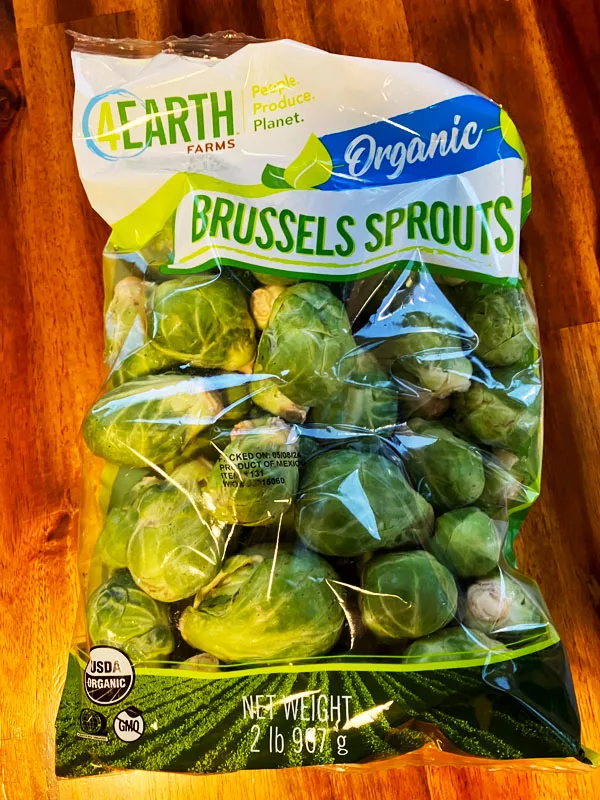

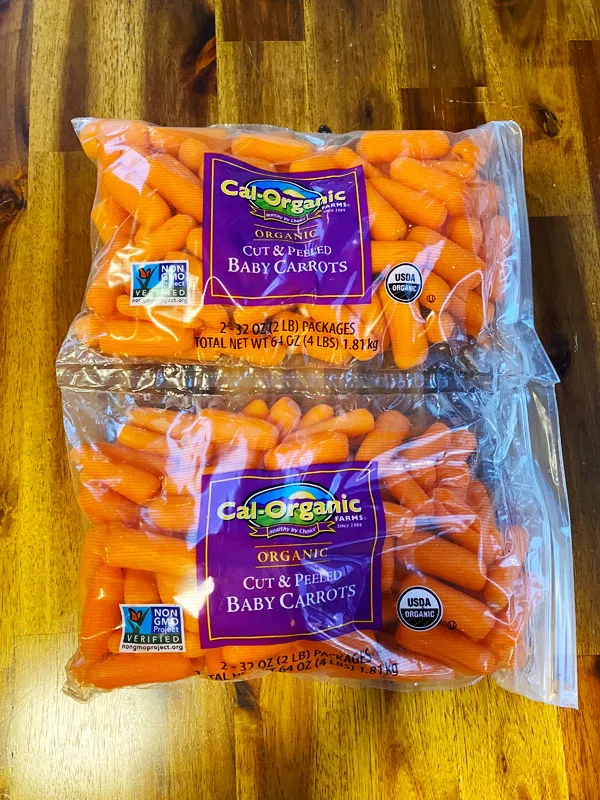
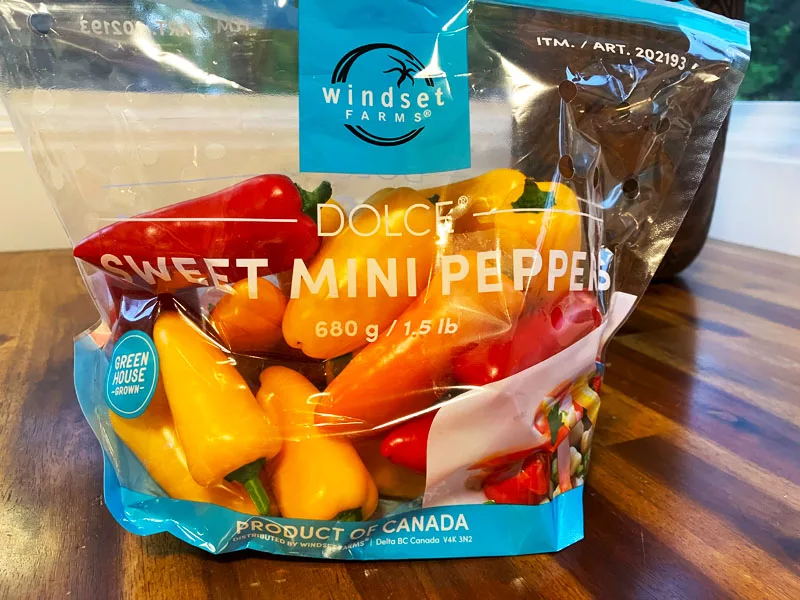
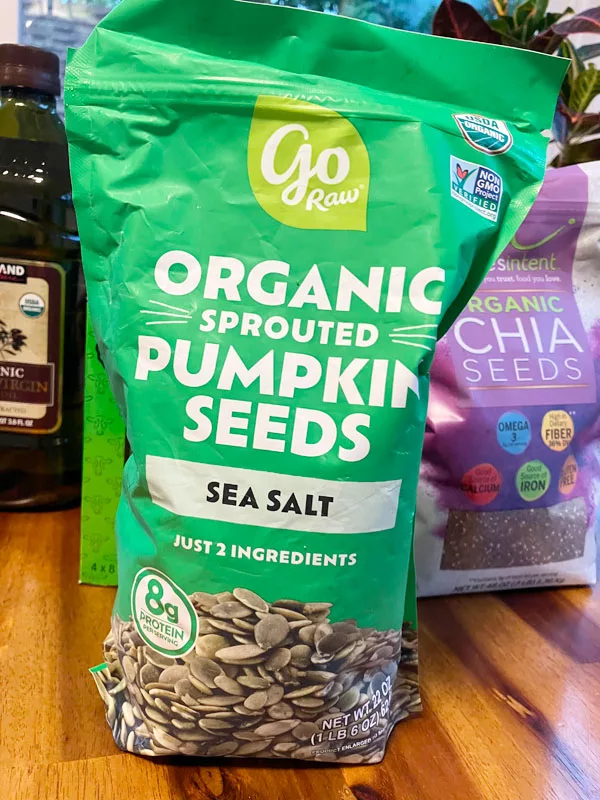
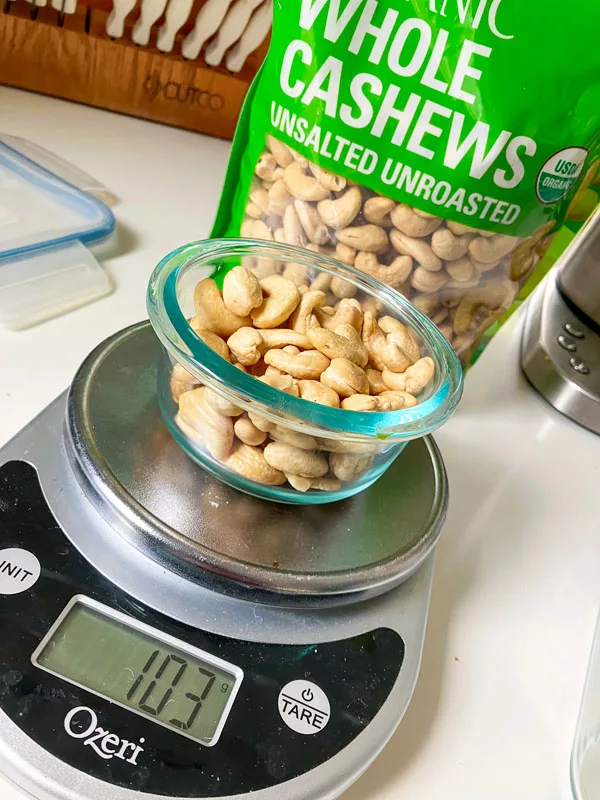
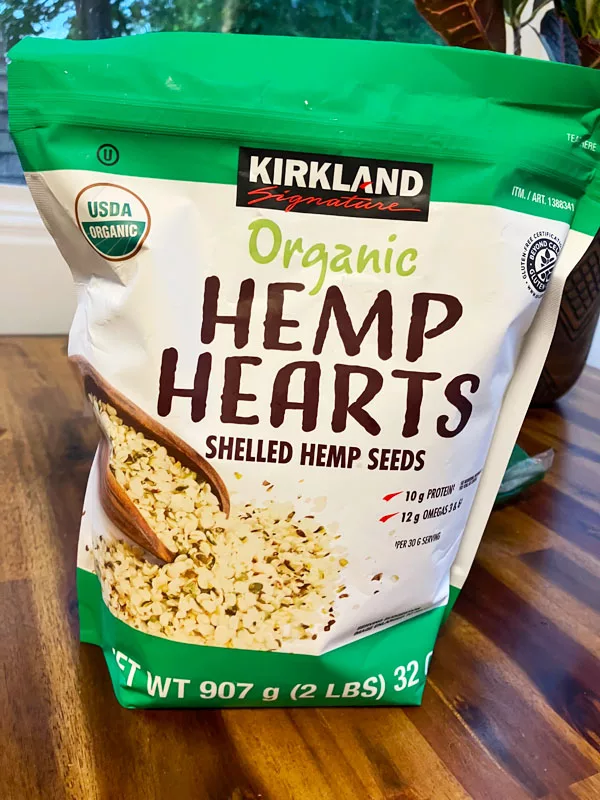
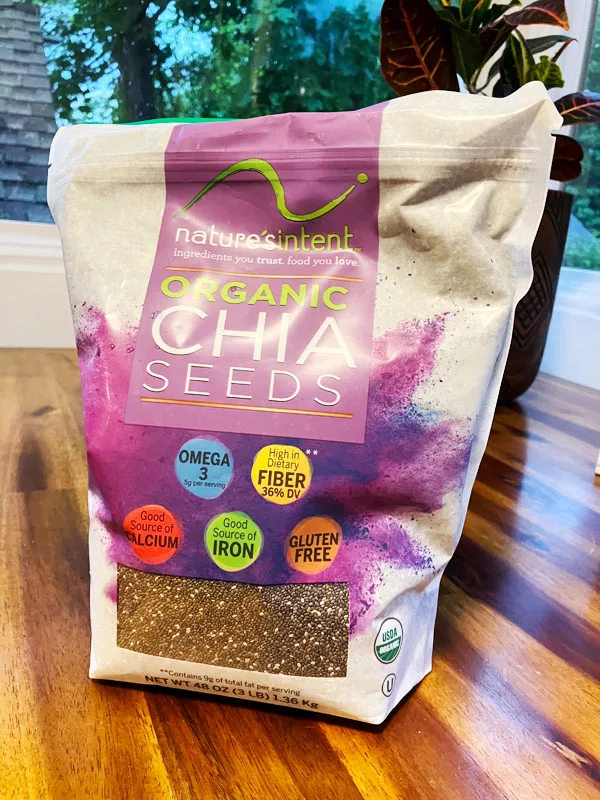
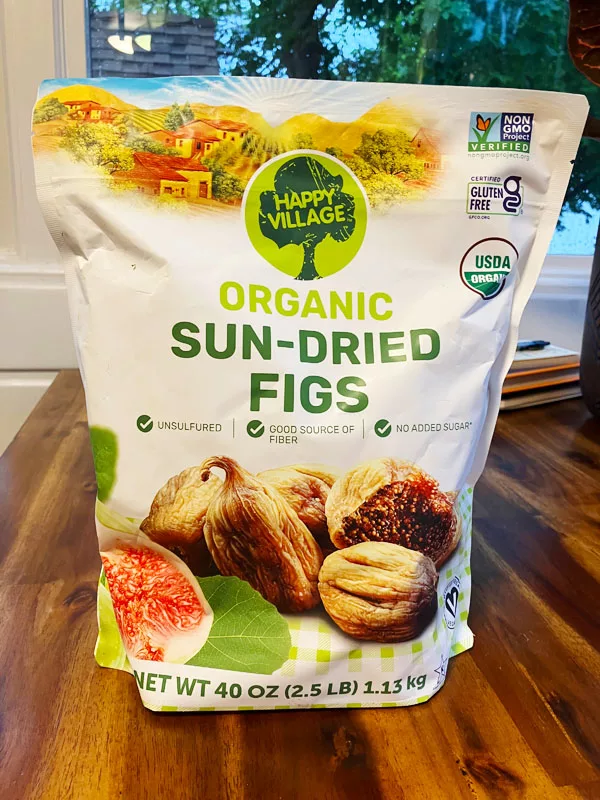
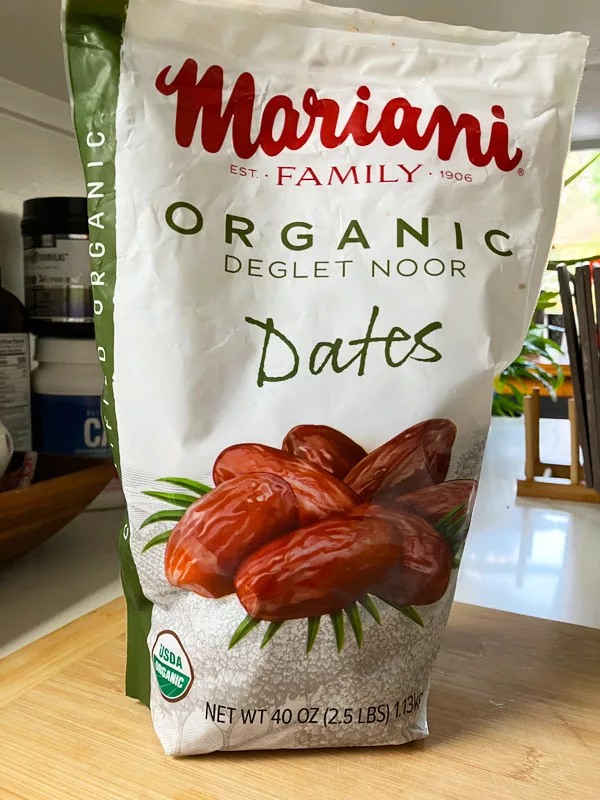
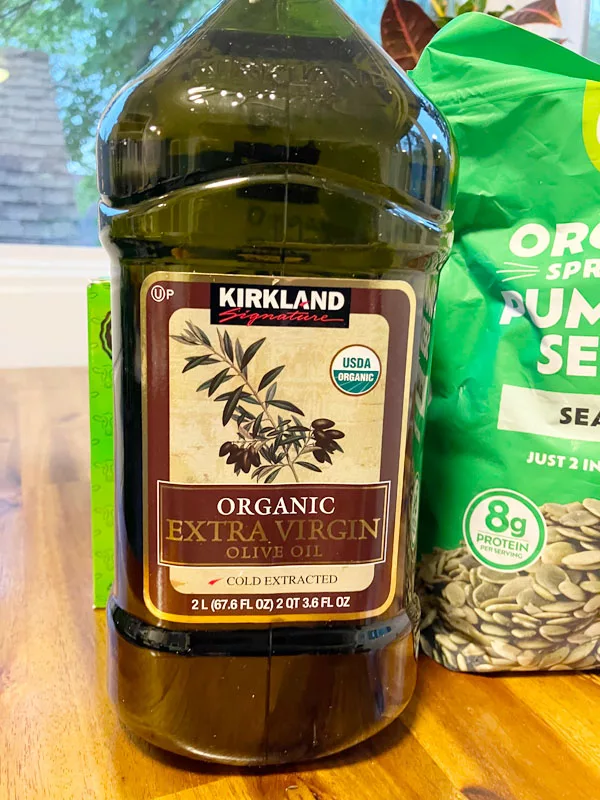
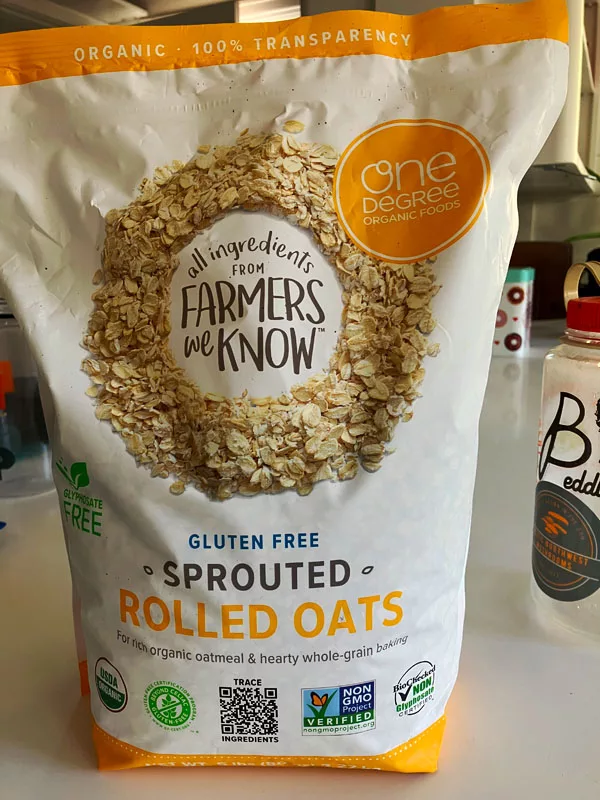
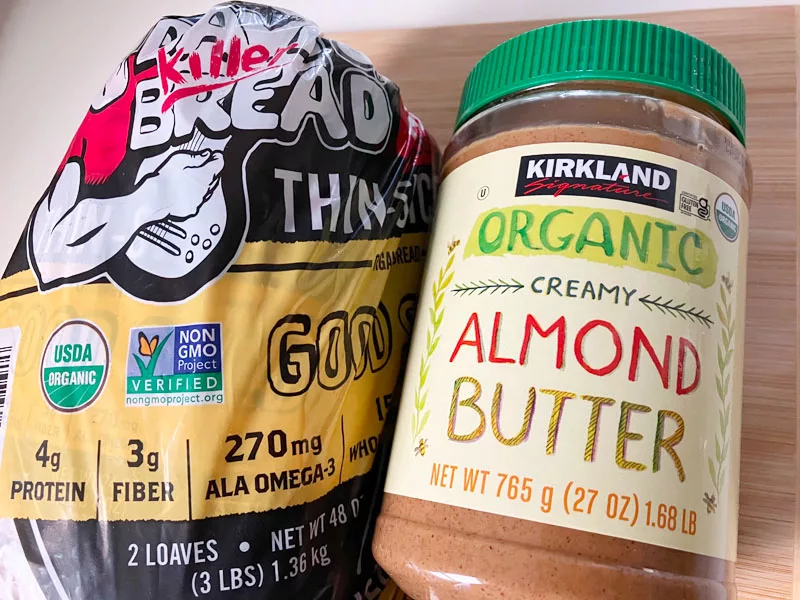
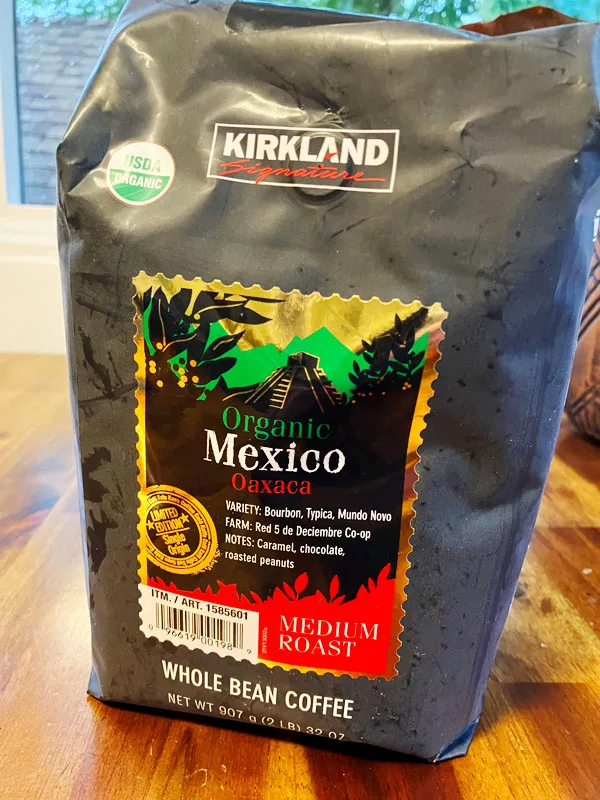
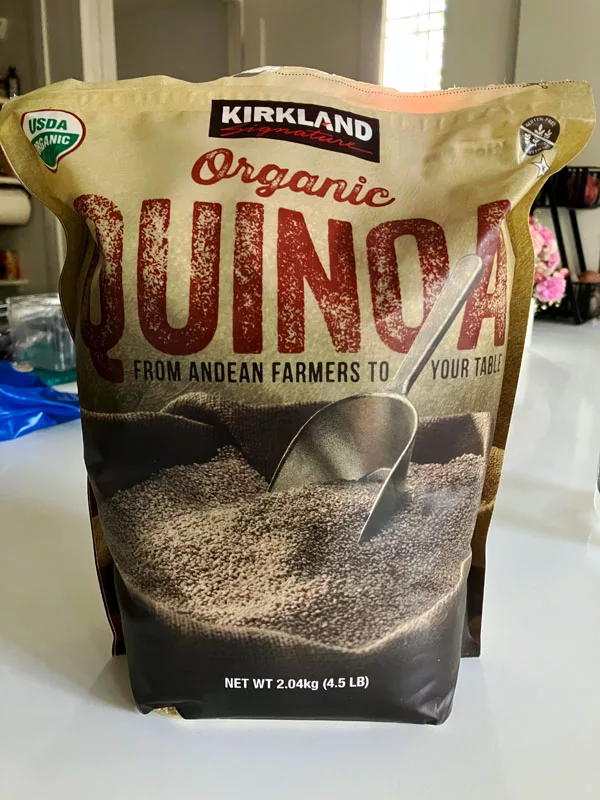
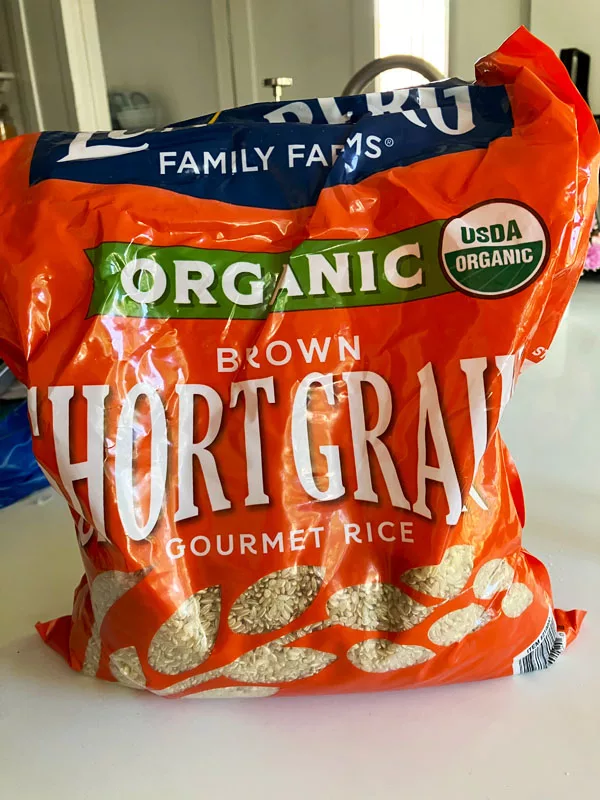
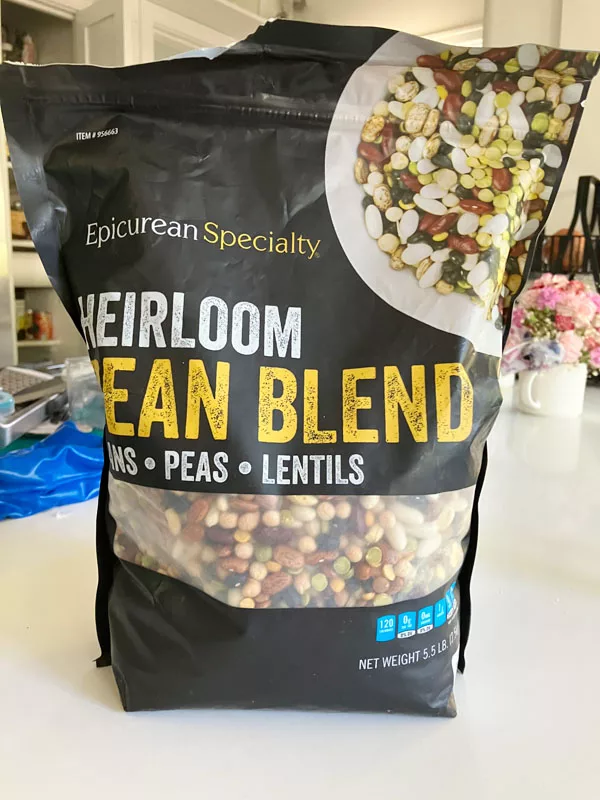
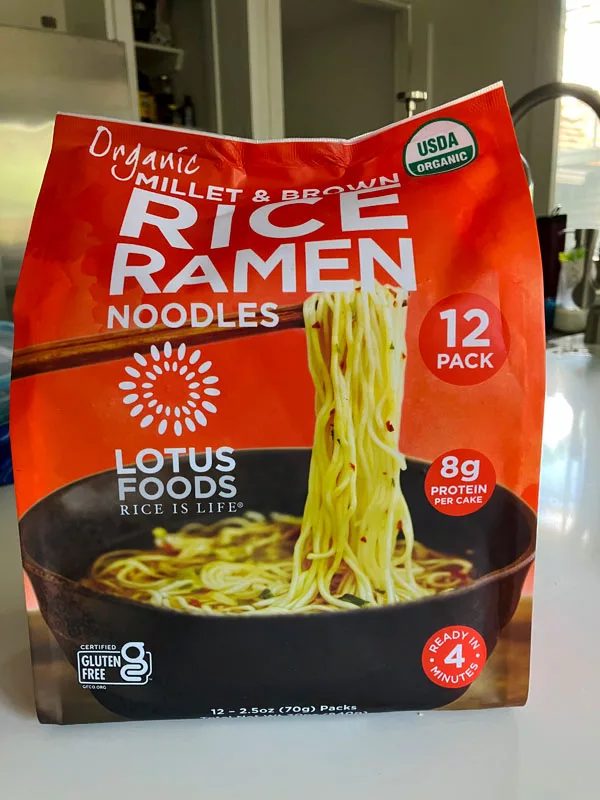


Natural Grocers (bulk goodness)
All NG produce is certified organic, and they have an amazing selection of bulk goods. They often have highly competitive prices and great sales.
👍🏻

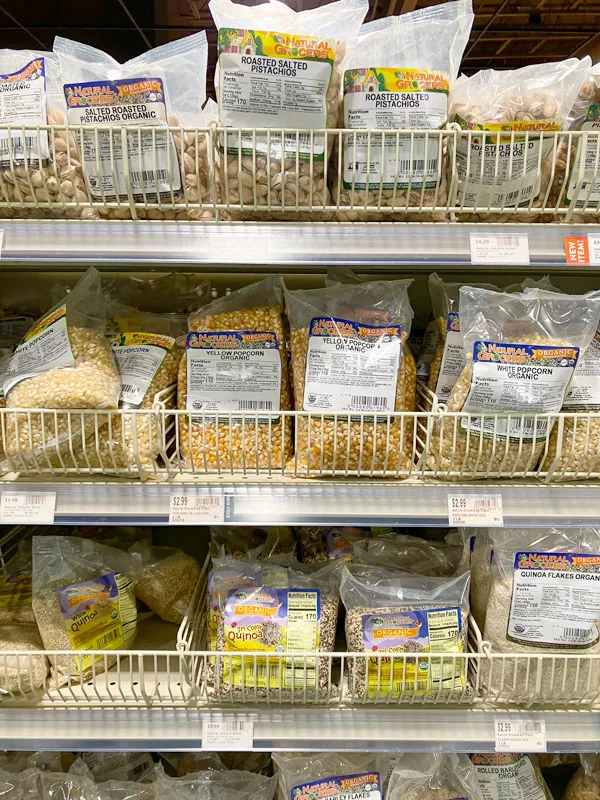
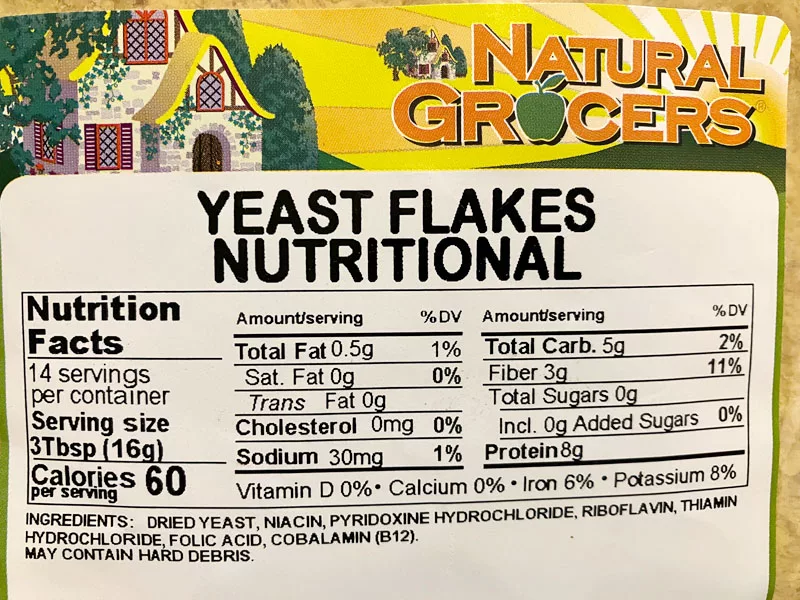


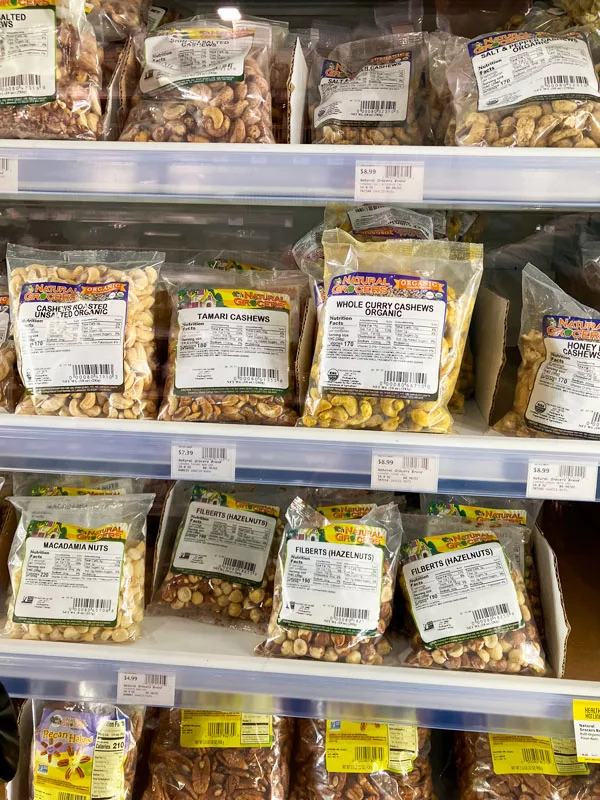
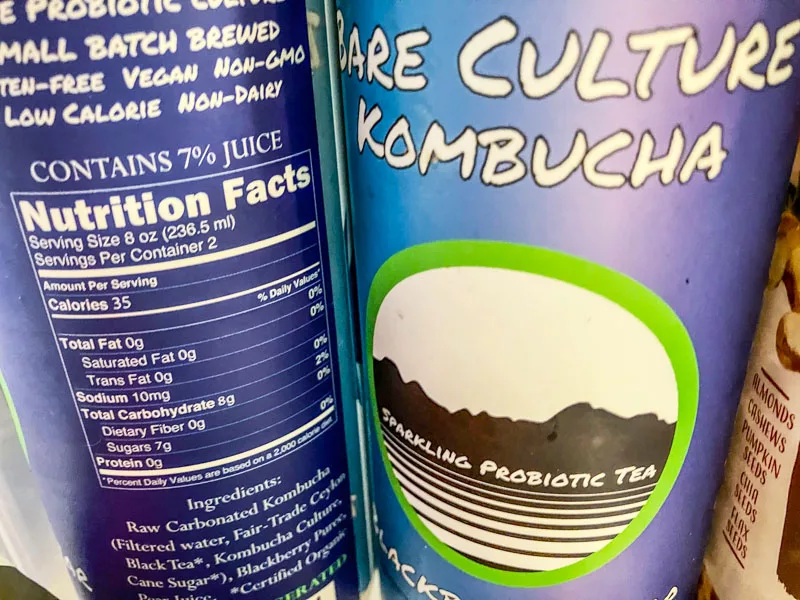
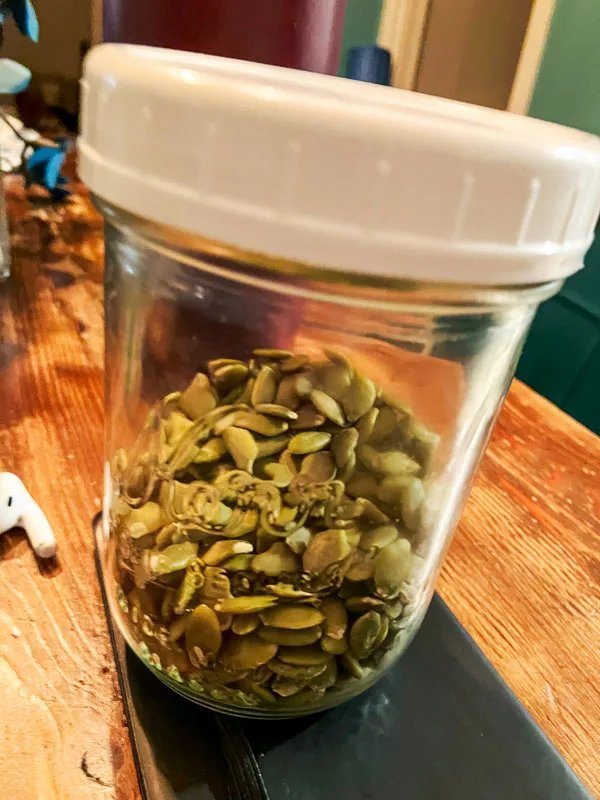
Sample Meal Plan
Here’s a simple meal plan to get you started. Each meal focuses on whole, minimally processed foods that you can find at the mentioned stores.
Day 1
Breakfast: Overnight oats with almond milk, chia seeds, and banana.
Lunch: Chicken salad with mixed greens, cucumbers, tomatoes, and olive oil vinaigrette.
Dinner: Stir-fried chicken with bell peppers, onions, and brown rice.
Snack: Apple slices with almond butter.
Day 2
Breakfast: Smoothie with spinach, banana, and almond milk.
Lunch: Tuna and avocado wrap in a whole grain tortilla.
Dinner: Baked chicken thighs with sweet potatoes and steamed broccoli.
Snack: Carrot sticks with hummus.
Day 3
Breakfast: Whole grain toast with avocado and a sprinkle of salt and pepper.
Lunch: Lentil soup with a side of mixed greens.
Dinner: Grilled shrimp with quinoa and steamed asparagus.
Snack: Mixed nuts.
For more meal ideas and detailed recipes, check out our comprehensive meal plan guide [soon] and recipe collection.
Practical Tips
- Read Labels: Avoid foods with long ingredient lists and unfamiliar additives.
- Cook at Home: Control what goes into your meals and enjoy the process of preparing fresh, wholesome food.
- Plan Your Meals: Plan a week’s worth of meals and snacks to stay on track and avoid impulse buys.
- Bulk Buying: Save money by buying staples like grains, nuts, and seeds in bulk. They store well and are versatile in many recipes.
Overcoming Challenges
Transitioning to a healthier diet can come with its own set of challenges. Here are some common obstacles and strategies to overcome them:
- Cravings: When you crave processed snacks, try reaching for a healthier alternative like fresh fruit, veggie sticks, or a handful of nuts.
- Social Situations: Don’t be afraid to suggest healthier options when eating out with friends or family. Many restaurants now offer plant-based and whole-food options.
- Time Constraints: Meal prepping and batch cooking on weekends can help you save time during the week. Having pre-cooked grains, chopped veggies, and prepared proteins makes it easier to throw together a healthy meal in minutes.
Encouragement and Support
Remember, this is a journey. Don’t be too hard on yourself if you slip up. Every step towards a healthier diet is a win. Share your experiences, ask questions, and support each other. We’re all in this together, learning and growing as we go.
Take Action
Ready to take the first step? Start small by incorporating one new healthy recipe into your meal plan this week.
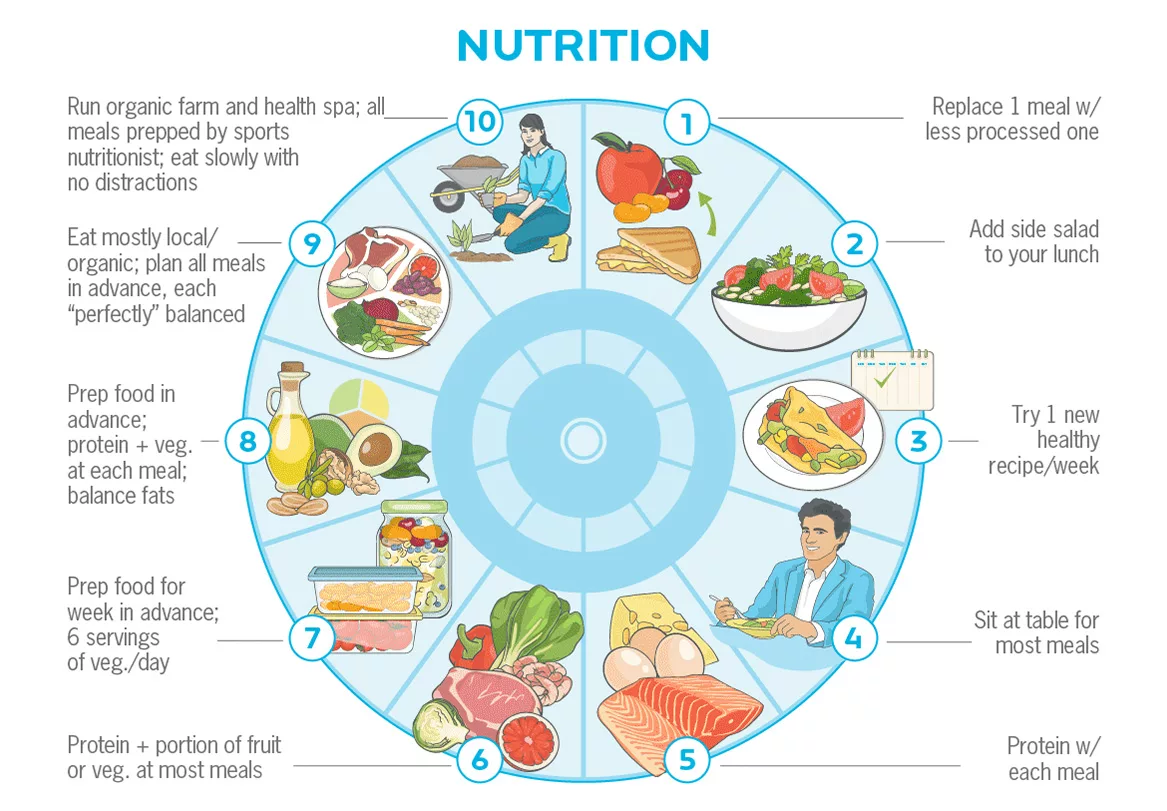
Share your favorite tips and experiences in the comments section below, and don’t forget to check out our extensive collection of resources, including:
- Detailed meal plans and shopping lists
- Healthy recipes for every meal of the day
- In-depth guides on understanding food labels and navigating grocery stores
- A supportive community forum for asking questions and sharing success stories
Let’s make healthier choices and enjoy the benefits of better health and well-being. Happy eating!
Veggie prep tips
